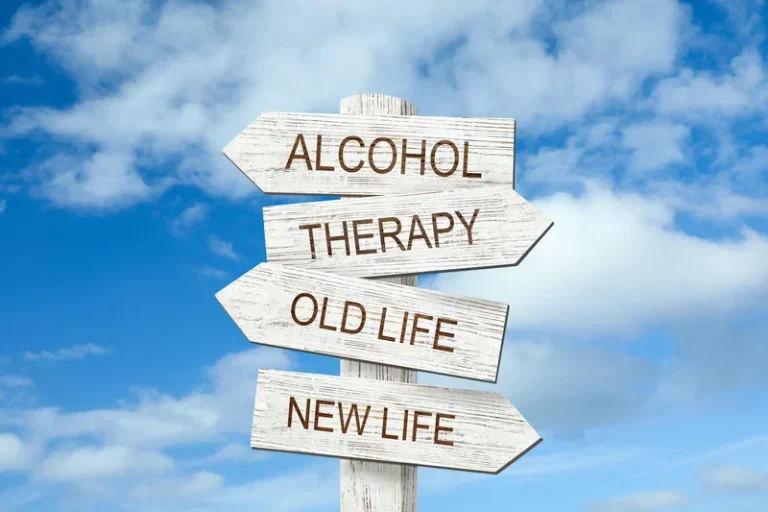
Along with the treatment for alcoholic cardiomyopathy, it is crucial that patients address the underlying cause of the excessive drinking in the first place. There are many different factors, some emotional, that can lead to alcohol abuse. Let’s get back to the basics of what causes alcoholic cardiomyopathy. Alcohol consumed once in a while is typically harmless if you are generally a healthy person. However, the reality is that it is a toxin that can have an impact on organs, including the heart.

History and Physical
Being upfront about how much you drink and how often your drink can be crucial to the diagnosis. Treatment for alcoholic cardiomyopathy is directed towards source control. Alcohol-induced cardiotoxicity can be characterized by acute and chronic.

ACKNOWLEDGMENTS
The heart is unable to pump blood efficiently, leading to heart failure. It can affect other parts of the body if the heart failure is severe. Alcoholic cardiomyopathy can present with signs and symptoms of congestive heart failure. Patients may present with dilated cardiomyopathy with systolic dysfunction.
Health Challenges
However, some studies show that moderating alcohol consumption may lead to similar health outcomes. Elevations in troponin can signify heart damage or an increase in cardiac output that results in demand ischemia. This is where the heart has an increased need for oxygen that exceeds the body’s ability to supply it. Cardiotoxicity refers to heart damage that occurs in response to certain drugs, such as alcohol.

Signs and symptoms
Normally, specialized pacemaker cells located in the left atrium initiate the heartbeat, which is known as sinus rhythm. Alcoholic cardiomyopathy is best managed with an interprofessional approach with the involvement of primary care physician and cardiology. Other deficiencies including nutritional such as thiamine or other toxic materials ingested may lead to additional concomitant complications. This article explores ACM and its link to alcohol use disorder (AUD). Their crucial work saves lives every day.Let Mayo Clinic researchers know they’re appreciated with a quick message.

Most common age population for ACM is males from age with significant history of alcohol use for more than 10 years. Females constitute roughly 14 % of cases of alcohol induced cardiomyopathy however lifetime exposure required for women to develop alcohol induced cardiomyopathy is less compared to men. Dilated cardiomyopathy secondary to alcohol use does not have a pre-defined exposure time. Daily alcohol consumption of 80 g per day or more for more than 5 years significantly increases the risk, however not all chronic alcohol users will develop Alcohol-induced cardiomyopathy.
Acute vs. chronic
- The primary treatment for ACM is complete abstinence from alcohol, which may require a combination of behavioral therapy and medication.
- Certain microscopic features may suggest damage secondary to alcohol causing cardiomyopathy.
- When seeking answers, people often look to experts for clear and accurate information.
- We were also not able to further identify the ethnic minorities included under the “other” race category.
- The main types include dilated, hypertrophic and restrictive cardiomyopathy.
When it comes to alcohol consumption, long-term is defined as five to 15 years. Heavy drinking of alcohol is consumption that is above the recommended daily limits. For men, that means more than four drinks a day or 14 drinks per week. For women, it means more than three drinks a day or more than seven drinks per week.
- It’s very important to stick with the treatment plan and to stop drinking alcohol during recovery.
- Numerous studies have shown conflicting results regarding the natural history and outcomes with alcoholic cardiomyopathy (AC).
- These patients may also benefit from a dietary consult to assess nutrition.
- Certain individuals with DNA or gene mutations may be more prone to the damaging impacts of alcohol; however, it is not known exactly how these genetic factors create a higher risk.
- Cardiomyopathy tends to show a reduced EF, usually less than 40%.
- It’s very important to let your healthcare team know at the first sign of symptoms of fluid buildup, such as decreased exercise ability, breathlessness, and leg swelling.
Recent Activity
As a point of reference, consuming 80 grams of alcohol daily for at least 5 years can significantly increase the risk of ACM. Without an adequate supply of blood and oxygen, the body’s organs and tissues can no longer function properly. This can result in various symptoms, including fluid retention and episodes. Illustrations of a typical heart, as shown on the left, and a heart with hypertrophic cardiomyopathy.

About Bel Marra Health
- Overall data with regards to alcohol induced cardiomyopathy is insuffienct and does not illustrate significant available data.
- Acute AIC can occur following the consumption of a large volume of alcohol.
- The primary treatment for ACM involves complete abstinence from alcohol or other drugs.
- The key diagnostic element is the absence of coronary artery disease.
A 2023 article notes that ACM carries a more positive outlook than ischemic cardiomyopathy, which refers to heart damage that typically occurs due to CAD. For some people, a combination of factors could also lead to a weakened heart. Other people are born with cardiomyopathy because of a gene passed on from a parent. alcoholic cardiomyopathy symptoms Some types of cardiomyopathy can be passed down through families.